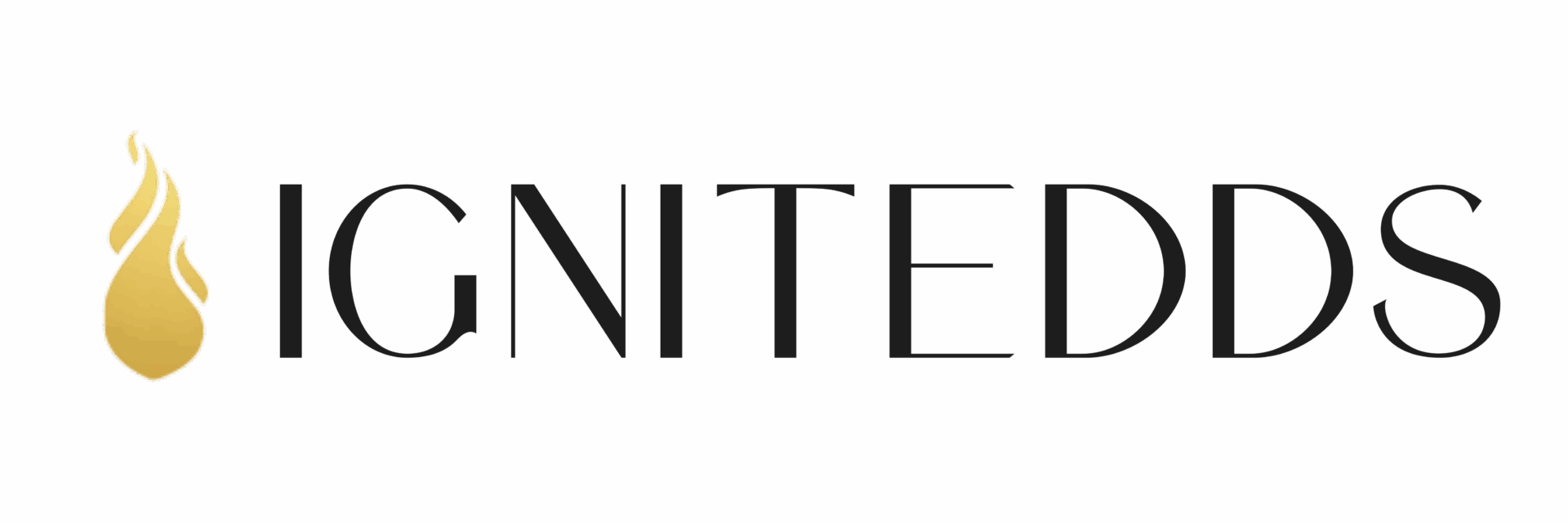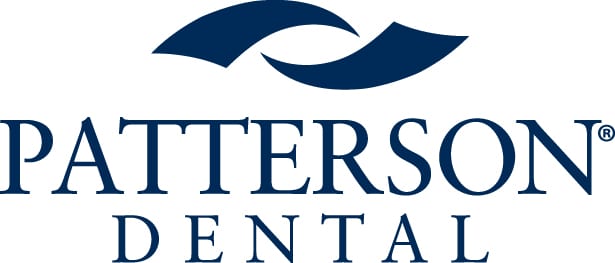By: Clayton Davis, DDS
This topic originally appeared on PankeyGram.org. Dr. Davis granted permission for igniteDDS to share with our readers.
What if your hygiene team could help patients commit to treatment—before you even walk into the room?
15 years ago, while visiting New York City, I dropped by a high-performing dental practice I’d heard a lot about. These two dentists were producing cosmetic and restorative dentistry at levels far above mine, and I wanted to learn their secret.
Their office looked a lot like mine—modest furnishings, standard equipment, friendly staff. But then, during my visit, something eye-opening happened.
The hygienist knocked on the door and casually reminded the doctor that a patient who had once postponed veneers due to his daughter’s college graduation was now ready to revisit treatment—and had already been scheduled to start.
I was floored. She had done exactly what I had always hoped my hygiene team would do: move patients forward in their treatment journey— naturally, without the doctor having to initiate the conversation.
When I returned to my practice, I asked myself:
How can I create this same proactive culture in my hygiene department?
A Simple Scorecard That Works
One simple solution came to mind: gamify the behavior.
I created a score sheet we now call “Hygiene Points.” The goal wasn’t pressure—it was awareness and growth. Each hygienist began scoring their efforts after every hygiene appointment.
Here’s how it works:
- Score 1: I reintroduce treatment and the patient schedules.
- Score 2: The hygienist identifies an issue that needs monitoring.
- Score 3: I diagnose something new, and the patient schedules.
- Score 4: The hygienist gets the previously discussed treatment scheduled without me.
- Score 5: The hygienist takes an intraoral photo and flags it for me; I confirm the concern, and the patient schedules.
- Score 6: The hygienist gets a patient to schedule treatment before I enter the room.
At first, we simply tracked our baseline. But then, something amazing happened. The hygiene team’s competitive instincts kicked in. They wanted higher scores. Not for prizes or bonuses—just for the professional satisfaction of doing better.
Within months, we saw a noticeable uptick in scheduled treatment coming directly from hygiene appointments. After two years, our restorative production had increased, and case acceptance had improved dramatically—all without adding any new marketing or expensive equipment.
Key Takeaway
Sometimes, the biggest impact comes from the simplest tools. If you want to train your hygiene team to confidently support case acceptance, explore comprehensive learning education at The Pankey Institute for effective hygiene handoffs, designed to elevate both the patient conversation and the clinical result.


